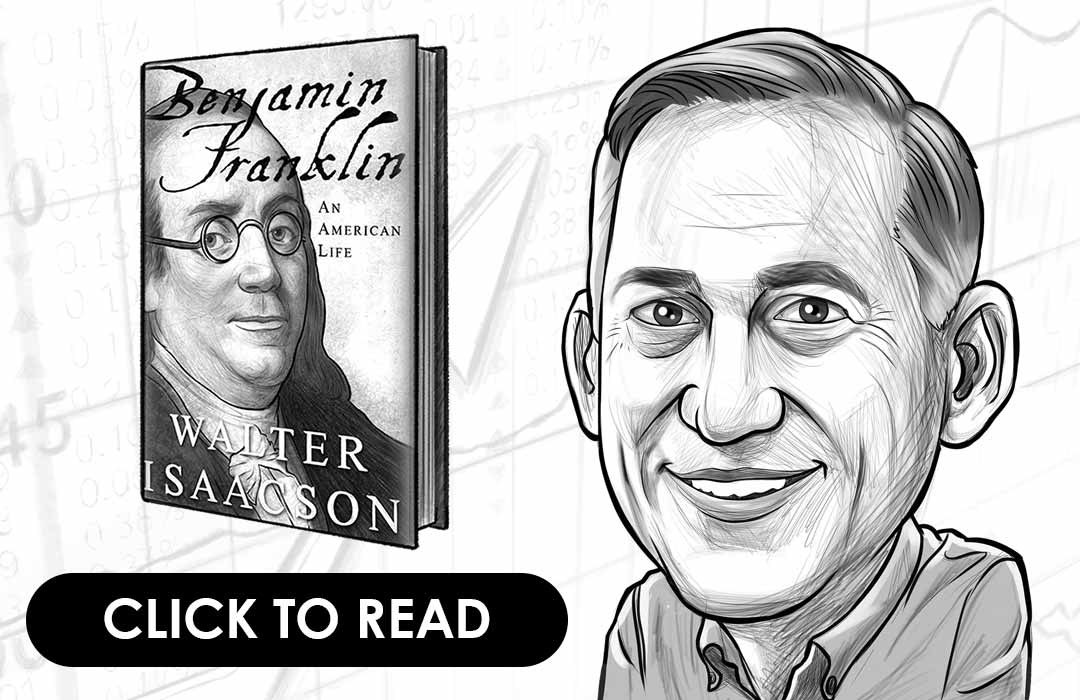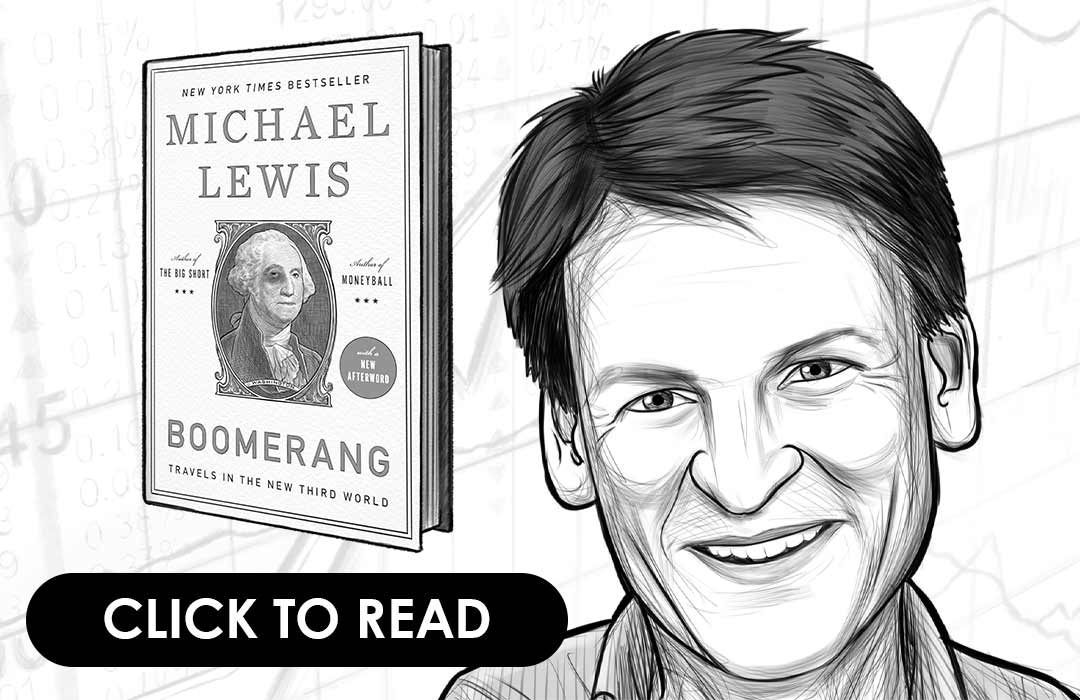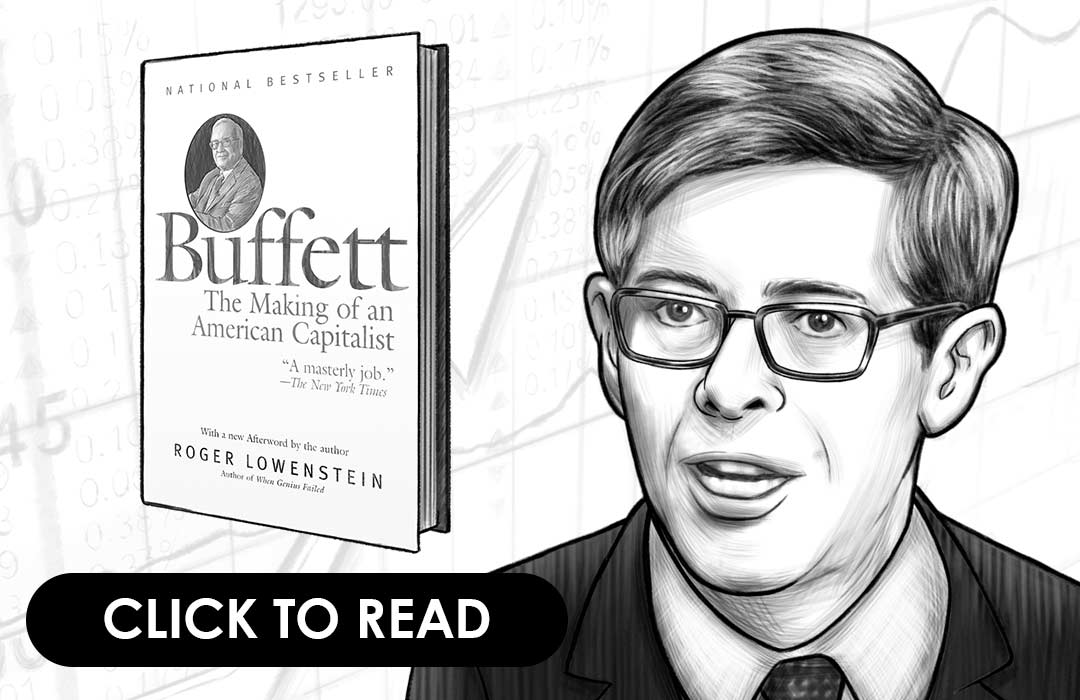An Executive Summary Of Smarter, Faster, Better
By Charles Duhigg
WHO IS CHARLES DUHIGG?
Charles Duhigg, a Pulitzer-prize winner, was born in New Mexico in 1974. He is an American author who has penned several best-sellers including the “Power of Habit.” As a reporter at the New York Times, Charles has gained immense recognition for his books that delve into the psychology of humans. Duhigg has conducted a lot of research regarding why we form habits, and this book is all about how we can maximize productivity and become efficient in our lives. Read to know all the secrets in this book: Smarter, Faster, Better: The Transformative Power of Real Productivity.
PRESTON AND STIG’S GENERAL THOUGHTS ON SMARTER, FASTER, BETTER
Check out Preston and Stig’s episode in We Study Billionaires about their thoughts on Charles Duhigg’s book.
Understand the financial markets
in just a few minutes.
Get the daily email that makes understanding the financial markets
easy and enjoyable, for free.
CHAPTER 1: MOTIVATION
Motivation is the most important tool for any task we take up. In fact, people without motivation find it hard to complete even the most mundane tasks, be we can seek motivation by finding a choice in what we do. FO instance, if you find yourself stuck with hundreds of mails, you can opt for several choices and start with that least mail first or anything else that appeals to you. By giving ourselves a choice, it becomes easier to be motivated; however, it’s not that easy to find motivation and we need a bit more to keep going, and that’s where our internal locus of control steps in.
Psychologists have conducted a lot of research on the internal and external locus of control. While the internal locus refers to an individual blaming their own self for failure or success, the external locus is about people blaming external factors for the outcome. For example, students with a commendable internal locus will blame themselves for not working hard if they fail, but students with strong external locus will blame external factors like the teacher, syllabus, etc.
Fortunately, it’s possible to develop our internal locus, and the US army has also designed ways to train marines using various advanced techniques that revolve around strengthening the internal locus. In addition, studies prove that people with a powerful internal locus spend and earn more and have good marriages and more friends compared to others.
CHAPTER 2: TEAMS
Google launched a special project named Aristotle to help create the dream team and the members of the project spent hundreds of hours collecting data. But, they were unsuccessful in identifying a specific pattern as to what made a team click. However, once they focused on how the team members behaved rather than looking at who they were, they were able to find patterns.
Generally, any group will have its own norms and conditions. As the team members get to know each other and get along, they devise their own plans to take things forward, and these norms play key roles to determine how it might feel to be a part of a group. For instance, is it okay to be candid during group conversations? Is it okay to suggest new ideas no matter how silly they seem? These norms create a psychological safety where individual members feel encouraged to share their ideas and thoughts in the group and according to the members of Project Aristotle, these positive attributes contribute to taking them ahead in any task they take up.
Psychological safety also makes the team members think that it’s alright to take risks. For example, Lorne Michael’s Saturday Night Live seemed to be unorganized at first, but as the show encouraged people to be honest and speak their minds, it became the center of attraction and remains one of the most successful TV shows ever. At the end of the day, any team where members feel safe and believe that the team’s work is extremely important will surely succeed.
CHAPTER 3: FOCUS
Where passengers boarded the Air France 447 flight on May 31st in 2009, they had no idea they were going for their last ride. The pilots were experienced and the aircraft was designed in such a way that it needed minimal human intervention. Yet the pilot, Bonin, made a fatal error by pulling the command stick up that slightly shifted the nose of the plane upwards. Within a few minutes, panic erupted in the plane, and though Bonin knew how to handle the situation, he failed and crashed the plane thereby killing everyone.
Similarly, Quantas Flight 32 also had a problem, and though their problem was much severe than that of Flight 447, the pilot, Richard, remained calm and ensured the safety of the passengers. So, what made the difference between life and death for the two pilots? While Bonin fell into a cognitive tunnel that usually occurs when the brain is forced to go into an alarmed state from a relaxed one, he had trouble focusing and did what was natural. He was so fixated with the screen in front of him that he ignored everything else. But, on the other hand, the pilot in Flight 32 disregarded any incorrect or complicated information and focused only on landing safely.
In other words, Richard survived only because he had already created a mental model of what could occur in the future. As humans, we have an amazing ability to create a strong mental model that allows us to focus on something productively rather than reacting extremely and losing control. People with such mental models tend to be more productive as they are able to differentiate between significant and important events that occur around them.
CHAPTER 4: GOAL SETTING
Another important attribute that helps you become more productive is to focus on your goals. Take the instance of General Electric when they were deemed as the best company in entire America, just after Exxon. GE admitted that its success was largely due to the way they set goals, and it was named the SMART system where the team managers were given the responsibility of setting goals for their teams. These weren’t just any goals because they were set in such a way that they seemed almost impossible to attain; however, the SMART system helped them achieve their goals even under tough circumstances.
By turning to SMART, GE proved that it was indeed a smart decision because their productivity increased multifold within a short period of time. Jack Welch was particularly impressed by a Japanese story that ultimately led to the invention of the world’s very first bullet train, and teams were set up in GE to focus exclusively on goals. These goals or objectives were so tough that the employees and managers were thrown off-guard, but they managed to fulfill them. The results were definitely greater than expected, and the SMART system too over GE.
Studies have shown that people tend to perform better when they set high, specific goals rather than coming up with vague, easy goals. This method works because it forces an individual to be disciplined and follow the path even when it seems difficult. However, one should exercise caution with the SMART system because the need to perform can be a setback to some people who get stuck with the objectives and become clueless, which is exactly what happened in the Yom Kippur war.
CHAPTER 5: MANAGING OTHERS
Two professors from Stanford set out to identify how any company’s culture could impact its profitability in 1994, and they continued their research for fifteen more years until they examined hundreds of companies. Their research revealed that company cultures could be segregated into five different models and that every company followed at least one model.
While some companies were into the “star” model where they hired top-quality graduates by spending lots of money, other companies fell into the “engineering” model where the focus was more on solving problems, thereby allowing them to expand and grow quickly. Other companies were into the “autocratic” and “bureaucratic” models that stuck to their rules and rituals. The final category was the “commitment” model that aimed at creating an environment that would make people feel more comfortable and safe. The researchers found that companies that followed this model were the most successful with more profits, and further research revealed that it was only because of the way they operated.
Of course, many companies ignored the “commitment” model and believed that the “star” model was better, but the results proved that the opposite was true. Yes, the “star” model ensures that the best people worked in the industry, but the “commitment” model shone because it even allowed people with very little power to make important decisions. For example, an auto factory in California transformed from being the worst company to one of the best companies after General Motors and Toyota forged a partnership and took the company under its wings. Since any worker had the power to stop work and fix the problem, the responsibility and commitment increased, which in turn increased the productivity of the company.
CHAPTER 6: DECISION MAKING
Decision-making is an important aspect of our daily lives, and whether we like it or not, we face many tough situations that demand our decision-making abilities at the forefront every day. Regardless of these good or bad decisions, decision-making relies on our ability to predict what could happen next. In other words, each individual needs to be able to forecast what’s coming before it even happens.
To pursue this line of research, the National Intelligence came up with a program to increase the precision and accuracy of intelligence forecasts, and universities were granted money to recruit people to assist them. But, the universities wanted to see if common people could achieve better accuracy than experts, and their experiments highlighted that if a person thought probabilistically, his chances of predicting the future increased by a whopping 50%. Probabilistic thinking is something where you envision the future as a chain of possibilities and you weigh your odds to determine whether your assumption stands a chance.
Of course, when imagining probabilities, you also have to ponder about the negative outcomes, and though this is undesirable, it will teach you to make a more accurate forecast. Scientists have already discovered that the human brain is brilliant at predictions even with little information. By using our experiences and intuitions, we use our ability–Bayesian cognition–to guess, and while some assumptions are wrong, some are true. The good news is that this ability can be honed as a skill and it could, in turn, increase your productivity considerably.
CHAPTER 7: INNOVATION
When we try to create something, we are often stuck in a rut where our ideas suddenly seem worthless. Many people twist old ideas and combine them to make something new. For example, Edison used the concepts of electromagnetism even though he was a telegraph operator when he invented the light bulb. Similarly, many industries combine and mix other ideas from different industries to discover something new, and the people who assist companies in such experiments are referred to as innovation brokers–anybody who’s experiences and exposed to various ideas and environments.
Innovation brokers or anybody who brings in fresh ideas can really be helpful. For example, the executives and producers working on Frozen struggled for months to get the perfect ending for their story but it never happened. Fortunately, they hired a co-director at a very late stage and that single action brought in something so new that it transformed an average movie into a blockbuster. Similarly, we all feel stressed when creating something, but we need to accept it as part of the process. Creative desperation may seem scary, but it also forces us to get out of our comfort zone and take inspiration from something else we may have been ignoring.
Understand the financial markets
in just a few minutes.
Get the daily email that makes understanding the financial markets
easy and enjoyable, for free.
CHAPTER 8: ABSORBING DATA
Technology has advanced to such an extent today that we can access any information we want within a few minutes, While this may be a boon to us, it’s also a bane sometimes as it can be overwhelming to absorb all the information we get. What good is the information if we can’t figure out what to do with it? This inability to use data is also known as information blindness and it commonly occurs because we are used to dealing with small bits of data rather than a huge chunk at once.
So, how do we deal with our information blindness? Well, you simply force yourself to do something about it. For example, if a lecture at college seems overloaded with information, try taking down notes in a book instead of your laptop as this will increase the chances of you remembering more. Writing something involves more hard work compared to typing, but this disfluency will help you process the information and absorb it faster. THis technique can be applied to other areas of life, and the more you break big chunks of data into smaller pieces, the faster you learn.







